Best Bee Balm Companion Plants
Title: Best Bee Balm Companion Plants
Introduction:
Bee balm (Monarda didyma) is a beautiful and fragrant perennial plant that is native to North America. It is known for its attractive flowers, which come in a variety of colors, including red, pink, lavender, and white. Bee balm is also a popular choice for pollinator gardens, as it attracts bees, butterflies, and other beneficial insects.
In addition to its beauty and usefulness, bee balm is also a good companion plant for other garden plants. When planted together, bee balm and its companion plants can help each other thrive. For example, some companion plants can help to repel pests, while others can help to improve soil quality.
This blog post will discuss some of the best companion plants for bee balm. We will also provide some tips on how to plant and care for these plants together.
Main Content:
Here are some of the best companion plants for bee balm:
- Tomatoes: Tomatoes and bee balm are both heavy feeders, so they benefit from being planted together. Bee balm can help to attract pollinators, which can help to improve the pollination of tomatoes.

- Peonies: Peonies and bee balm have similar growing requirements, so they can be planted together without any problems. Peonies can help to add height and structure to a garden, while bee balm can provide a splash of color.
- Echinacea: Echinacea and bee balm are both attractive and beneficial plants. Echinacea can help to attract pollinators, while bee balm can help to repel pests.
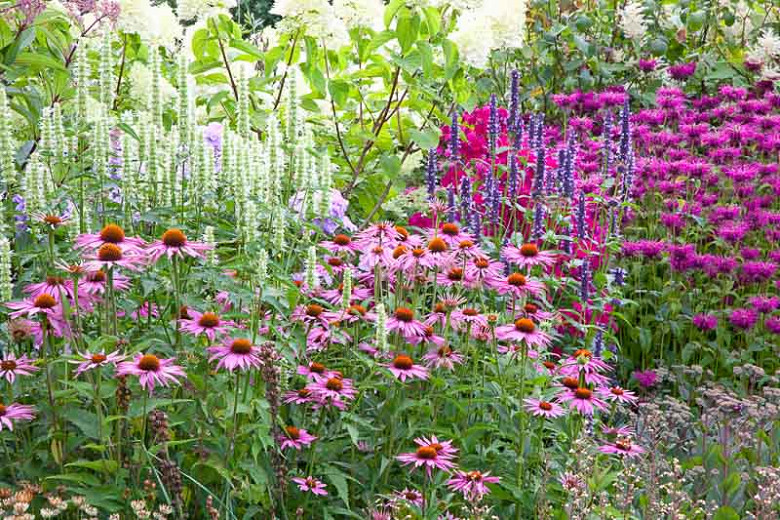
- Lilacs: Lilacs and bee balm can be planted together to create a beautiful and fragrant display. Lilacs bloom in the spring, while bee balm blooms in the summer, so you can enjoy flowers in your garden all season long.
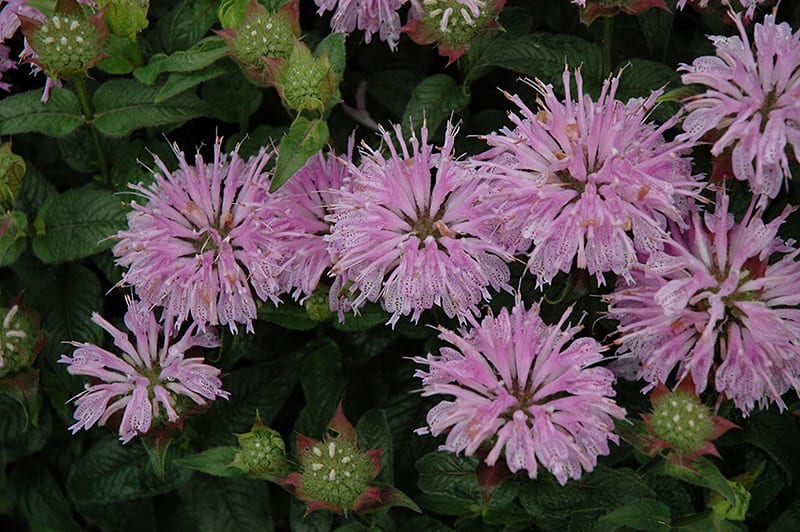
- Penstemon: Penstemon and bee balm are both members of the mint family, so they have similar growing requirements. Penstemon can add a touch of elegance to a garden, while bee balm can provide a pop of color.
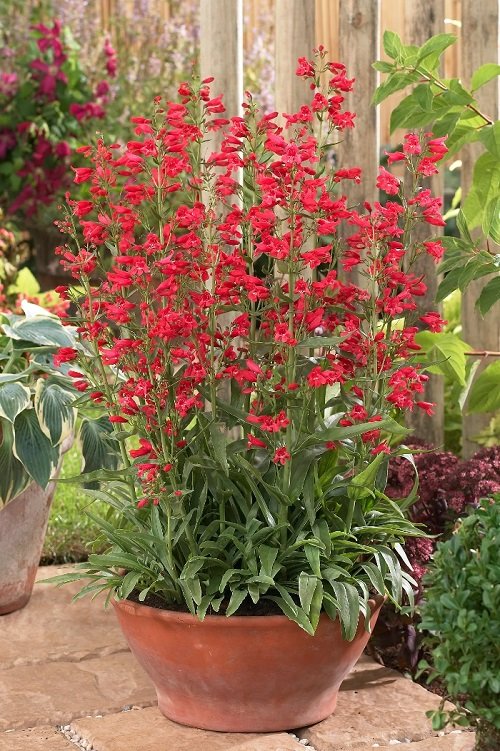
- Phlox: Phlox and bee balm are both tall, flowering plants that can be planted together to create a colorful border. Phlox blooms in the summer, while bee balm blooms in the fall, so you can enjoy flowers in your garden for an extended period of time.
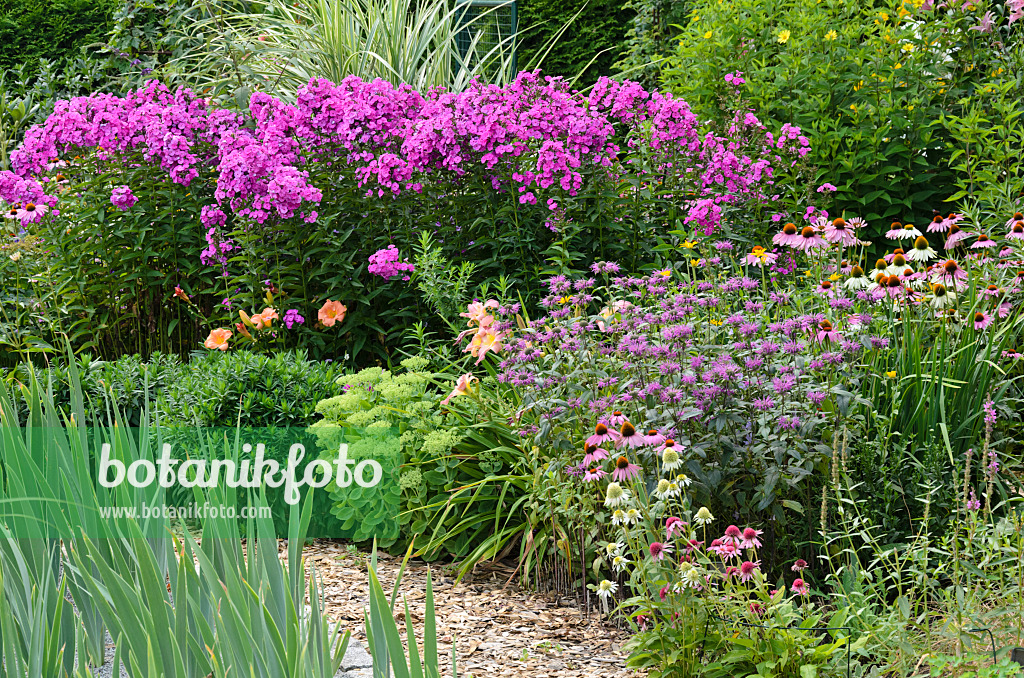
- Sneezeweed: Sneezeweed and bee balm are both attractive and beneficial plants. Sneezeweed can help to attract pollinators, while bee balm can help to repel pests.

- Aster: Asters and bee balm are both members of the daisy family, so they have similar growing requirements. Asters bloom in the fall, while bee balm blooms in the summer, so you can enjoy flowers in your garden for an extended period of time.
- Achillea: Achillea and bee balm are both drought-tolerant plants that can be planted together in sunny areas. Achillea blooms in the summer, while bee balm blooms in the fall, so you can enjoy flowers in your garden for an extended period of time.
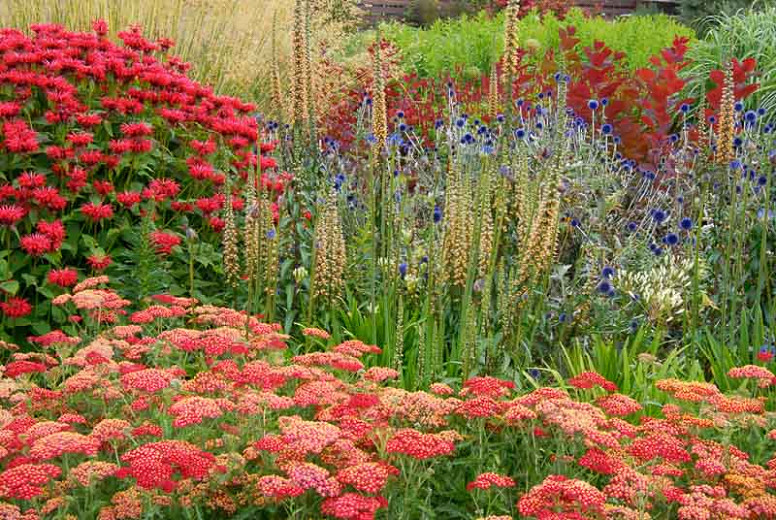
- Salvia: Salvia and bee balm are both attractive and fragrant plants. Salvia blooms in the summer, while bee balm blooms in the fall, so you can enjoy flowers in your garden for an extended period of time.

Conclusion:
Bee balm is a versatile and beautiful plant that can be enjoyed by gardeners of all levels of experience. By planting it with some of its best companion plants, you can create a garden that is both attractive and beneficial to wildlife.
Some of the best bee balm companion plants include:
- Tomatoes: Bee balm helps to repel pests that can damage tomatoes, such as aphids and whiteflies.
- Peonies: Bee balm and peonies have similar growing requirements and can complement each other's colors.
- Echinacea: Both bee balm and echinacea attract pollinators, such as bees and butterflies.
- Lilac: Bee balm and lilac have different bloom times, so they can provide interest in the garden all season long.
- Penstemon: Bee balm and penstemon have similar flower shapes and colors, so they can be planted together to create a cohesive look.
For more information about bee balm companion plants, please visit Home Gardening.
FAQ of bee balm companion plants
What are some good companion plants for bee balm?
Bee balm is a beautiful and fragrant flower that attracts pollinators like bees, butterflies, and hummingbirds. It is also relatively easy to care for and can grow in a variety of climates. When choosing companion plants for bee balm, it is important to consider the following factors:
- Plants that attract the same pollinators. This will help to ensure that your garden is abuzz with activity all season long. Some good examples of companion plants for bee balm include black-eyed Susans, echinacea, lilac, garden phlox, coral bells, buddleia, and penstemon.
- Plants that have similar growing requirements. Bee balm prefers full sun and well-drained soil. It is also drought-tolerant once established. When choosing companion plants, it is important to select those that have similar water and sunlight needs.
- Plants that complement the appearance of bee balm. Bee balm has bright, colorful flowers that can be a focal point in any garden. When choosing companion plants, consider selecting those that have complementary colors or textures. For example, you could plant bee balm with white or yellow flowers, or with plants that have lacy or fern-like foliage.
Here are some specific examples of good companion plants for bee balm:
- Tomatoes: Tomatoes and bee balm are both heavy feeders, so they can benefit from being planted together. The tomatoes will help to improve the soil quality for the bee balm, and the bee balm will help to attract pollinators that will help the tomatoes to set fruit.
- Peonies: Peonies and bee balm have similar growing requirements and bloom at the same time. They can be planted together to create a beautiful and fragrant display.
- Echinacea: Echinacea and bee balm are both native North American plants that attract pollinators. They can be planted together to create a wildlife-friendly garden.
- Lilac: Lilac is a tall, shrubby plant that can provide some shade for the bee balm. The bee balm will help to attract pollinators to the lilac, and the lilac will add some height and interest to the garden.
- Garden phlox: Garden phlox is a colorful and fragrant flower that blooms in the summer. It can be planted with bee balm to create a continuous display of flowers.
Image of bee balm companion plants
- Phlox: Phlox is a beautiful flowering plant that attracts bees, butterflies, and other pollinators. It also helps to deter pests from bee balm plants.

- Peonies: Peonies are another popular flowering plant that is known to attract bees. They also help to improve the soil quality around bee balm plants.

- Tomatoes: Tomatoes are a great companion plant for bee balm because they help to repel pests. They also benefit from the nitrogen-rich soil that bee balm plants produce.

- Sunflowers: Sunflowers are tall, cheerful flowers that attract bees and other pollinators. They also help to provide shade for bee balm plants during hot weather.
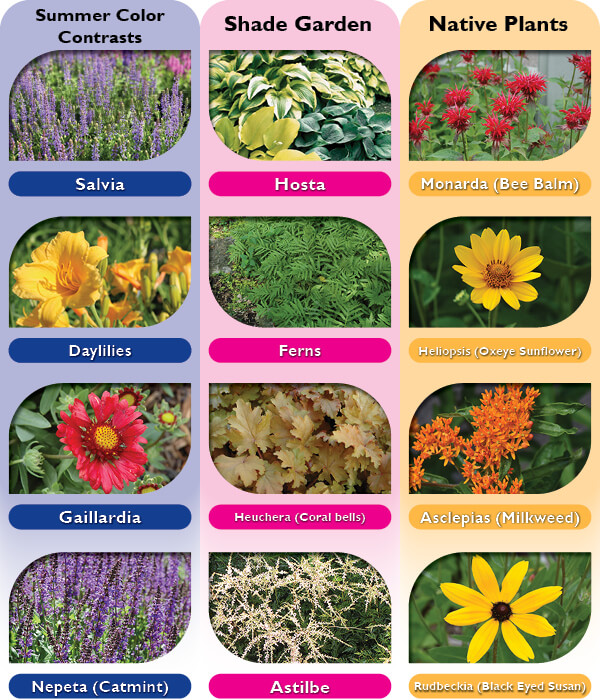
- Lavender: Lavender is a fragrant herb that is known to repel pests. It also helps to improve the air quality around bee balm plants.

- Catnip: Catnip is a popular herb that is known to attract cats. However, it also attracts bees and other pollinators. It is a low-maintenance plant that can help to fill in empty spaces in your garden.

- Coneflowers: Coneflowers are beautiful, daisy-like flowers that attract bees, butterflies, and other pollinators. They also help to deter deer and rabbits from your garden.
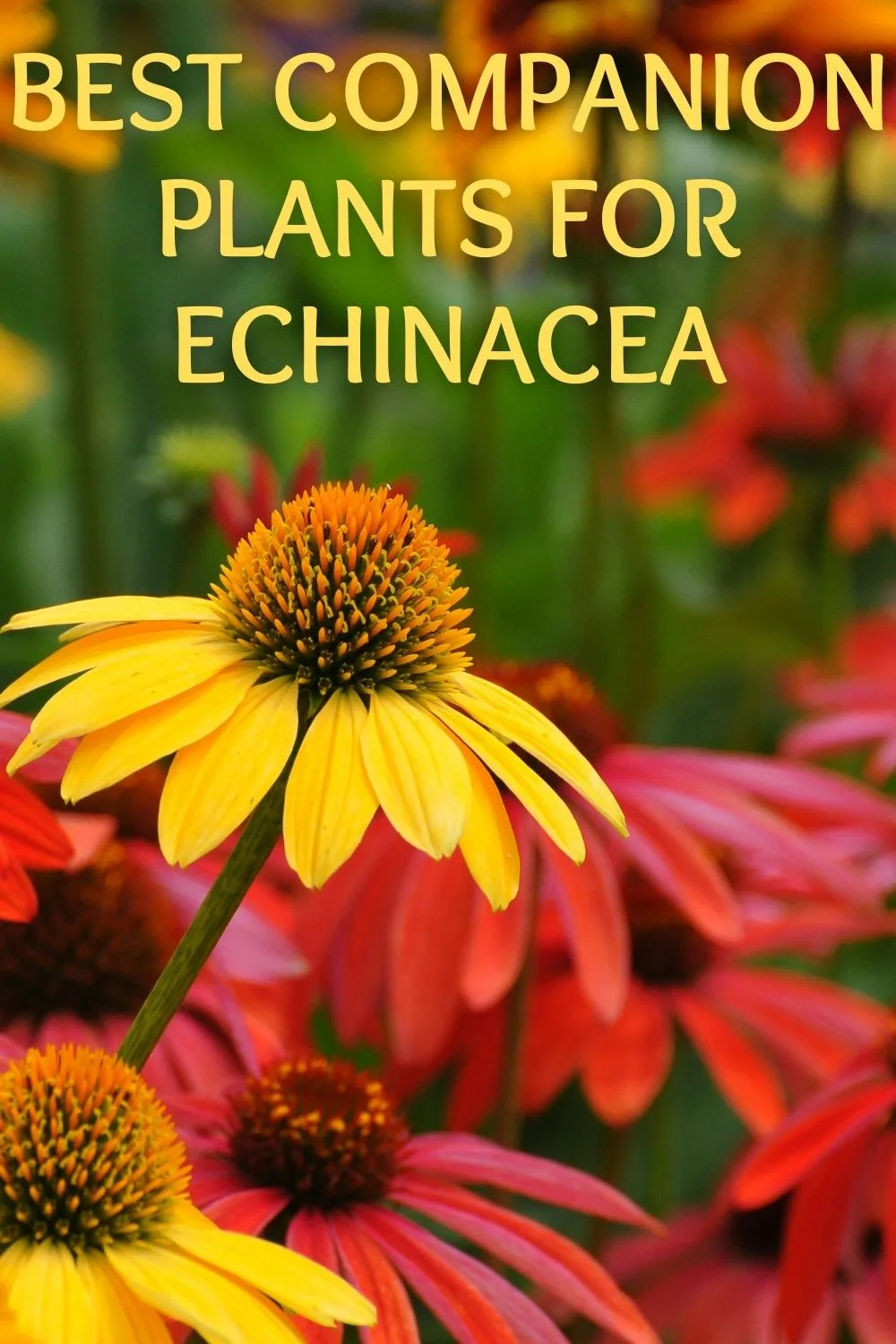
- Yarrow: Yarrow is a hardy perennial that is known for its medicinal properties. It also attracts bees, butterflies, and other pollinators. It is a drought-tolerant plant that can thrive in poor soil conditions.

- Goldenrod: Goldenrod is a tall, yellow-flowered plant that is often found in meadows and prairies. It attracts bees, butterflies, and other pollinators. It is also a good choice for attracting beneficial insects, such as ladybugs and lacewings.

- Zinnia: Zinnias are colorful, annual flowers that attract bees, butterflies, and other pollinators. They are also relatively easy to care for and can tolerate a variety of soil conditions.
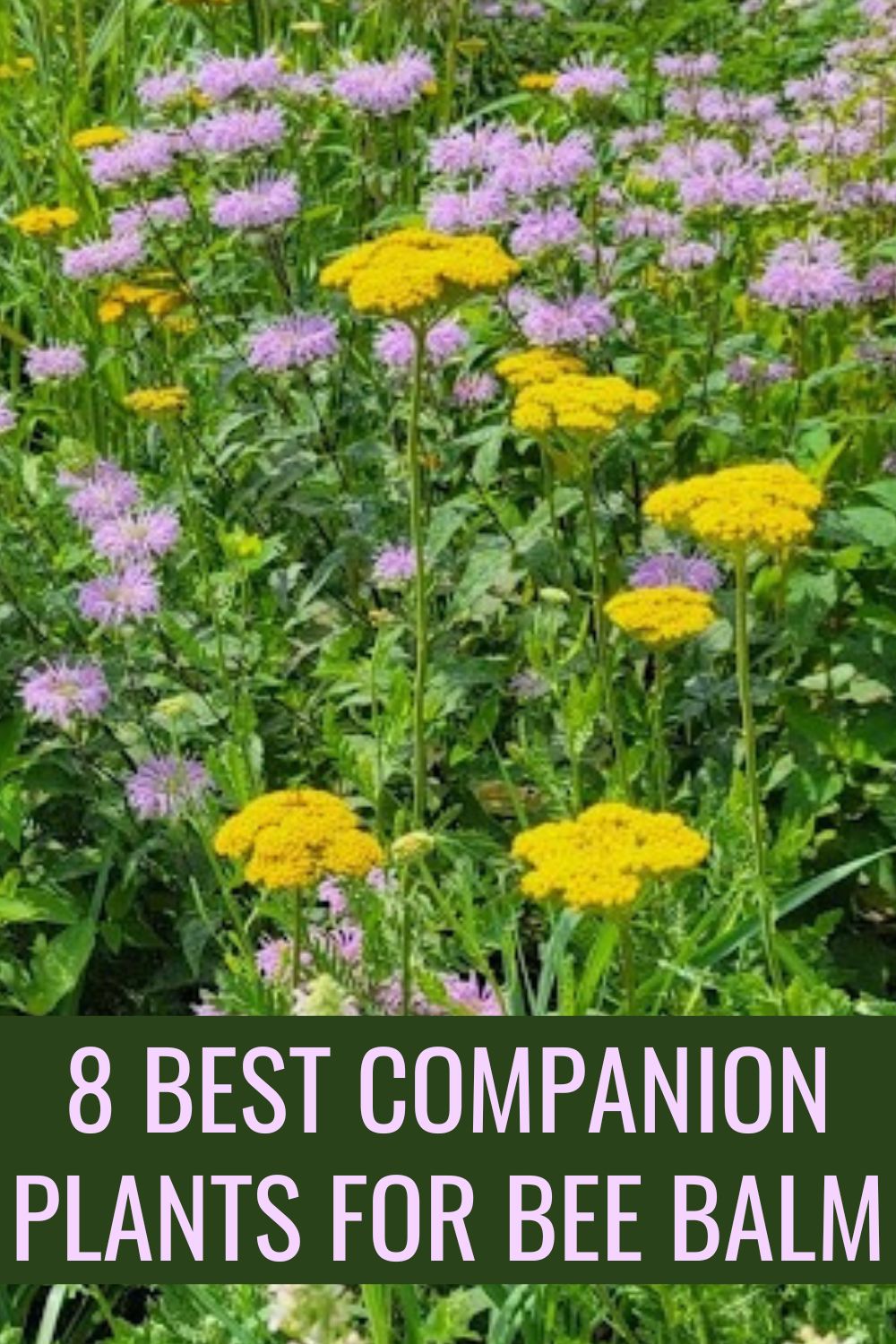
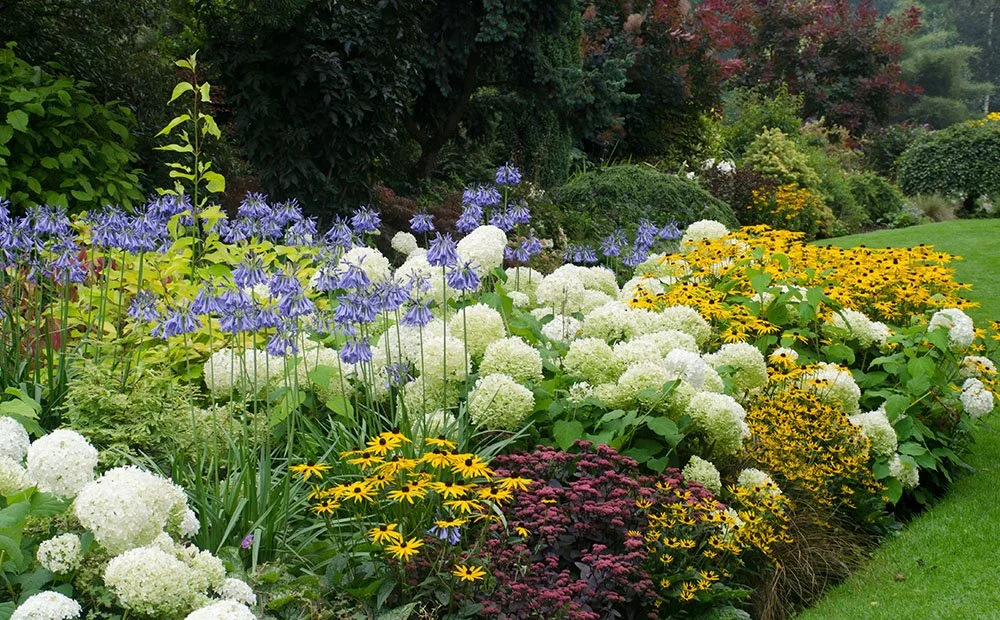
Post a Comment for " Best Bee Balm Companion Plants"